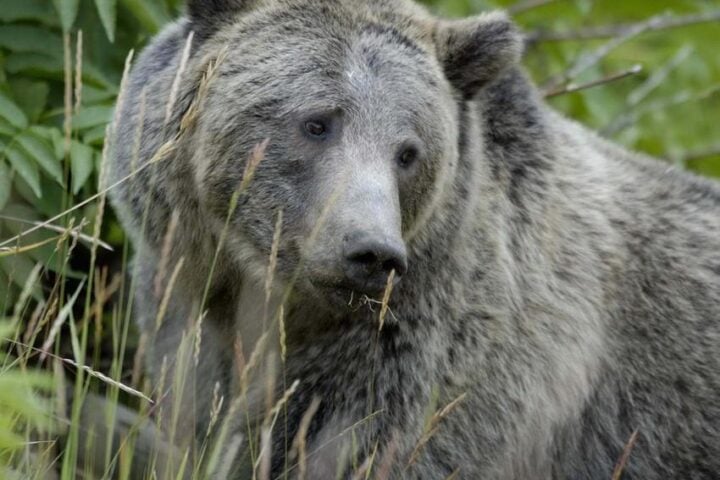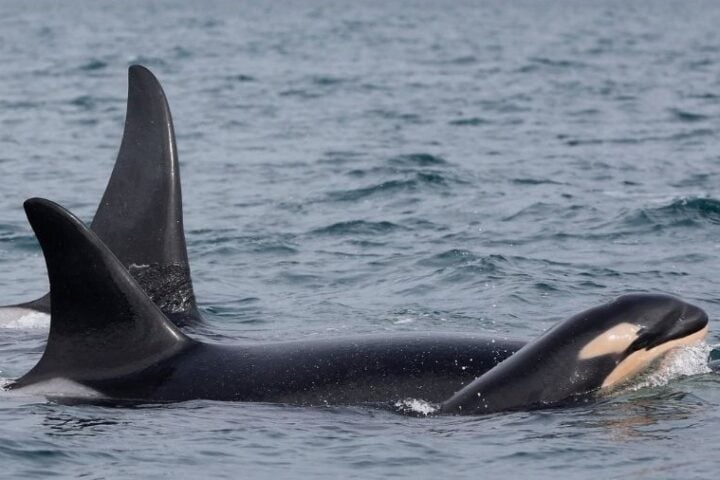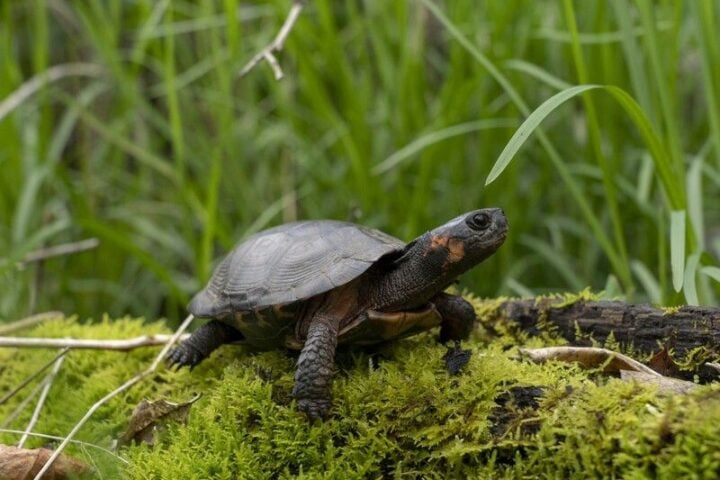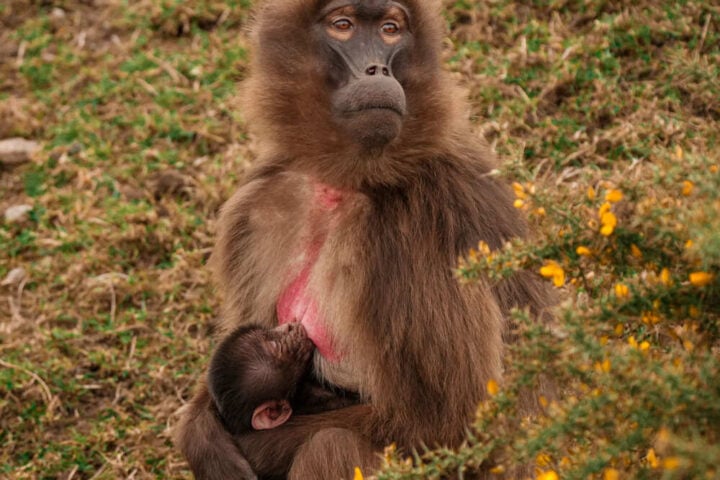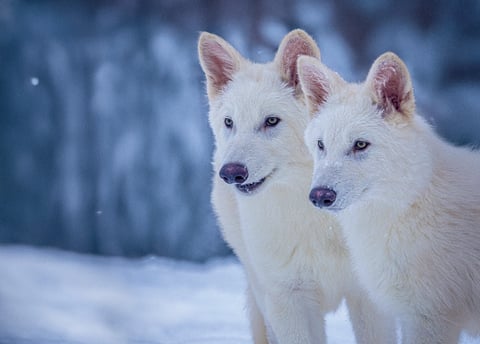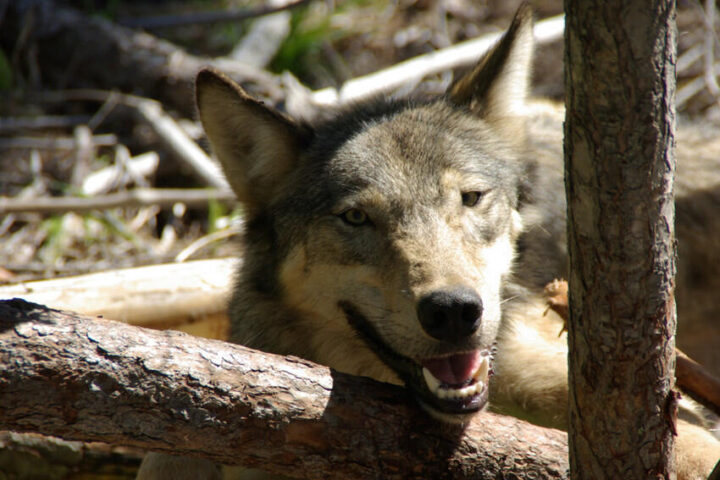The three existing elephant species are on the path to extinction, with just under 500,000 remaining, due to habitat loss, illegal ivory trafficking, and conflicts with local communities, with the global population of these animals decreasing. Just one species, African elephants have reduced from approximately 12 million to 400,000 in over a century. According to the World Wildlife Fund (WWF), the greatest threat to African elephants is wildlife crimes, mainly poaching for the illegal ivory trade, whereas the biggest danger to Asian elephants is habitat loss. This also leads to conflicts between local communities and these animals.
Currently, there are three species of elephants: two of them are from Africa—the African forest elephant and the African savanna elephant- and one is from Asia, the Asian elephant. All three are protected and listed on the International Union for Conservation of Nature (IUCN) Red List. The first among the three is “critically endangered,” and the other two are “endangered,” as detailed by WWF. Despite these protections, nearly 90% of African forest elephants have disappeared in the last 30 years, over 60% of Savanna elephants have vanished in the past half-century due to illegal trafficking, and fewer than 40,000 Asian elephants, including the last 1,000 Borneo elephants, which have been classified as “endangered” this year due to deforestation, ivory poaching, and conflicts with local communities.
The decline in elephant populations is “concerning” not only for the species themselves but also for the ecosystems, as these animals act as “engineers”, creating paths that serve as corridors for other species through the dense forests they inhabit. Their footprints create microhabitats, when they fill with water, tadpoles and other small organisms find a place to survive.
Additionally, as herbivores and frugivores, they play an essential role in dispersing seeds of various tree species that need to pass through their digestive tract before they can germinate.
Similar Posts
Habitat destruction, although a danger to all species, is especially threatening for Asian elephants, as the expansion of agriculture, livestock farming, deforestation and the construction of roads, canals, and fences fragment their territory. On the other hand, African elephants are constantly targetted by poachers, who kill more than 20,000 individuals each year to obtain their tusks, skin, and meat, which are then illegally trafficked on the black market, primarily directed to Asia, where ivory is a symbol of luxury and power.
In 1989, the Convention on International Trade in Endangered Species of Wild Fauna and Flora (CITES) banned the international trade of elephant ivory. Although poaching rates decreased after the measure, they rose again in 2010. In Spain, WWF is working to reduce species trafficking, as it is a gateway country into Europe for networks that illegally carry out these crimes against wildlife. Therefore, the organisation is calling on the Ministry for Ecological Transition and Demographic Challenge to approve the update of the Fight Against Species Trafficking Plan (TIFIES) to align with the new European action plan and “effectively combat” this “serious threat” to biodiversity.
Additionally, WWF has launched an awareness campaign and petition called “Stop Wildlife Crime: It’s Dead Serious” to encourage citizens to participate in conserving this species.
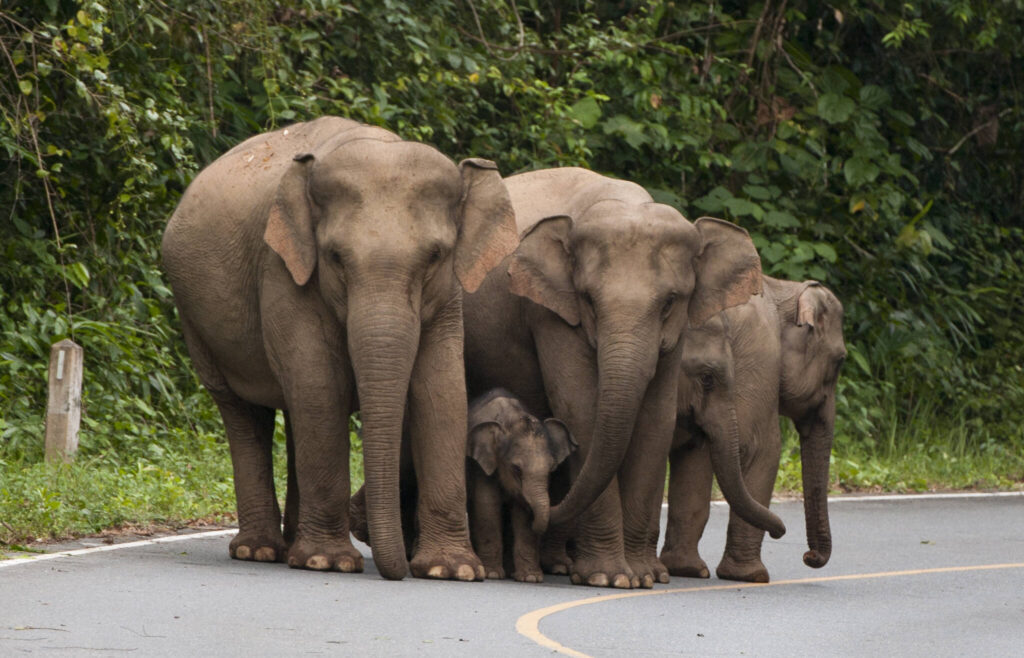







![Representative Image: European Starling [49/366]. Photo Source: Tim Sackton (CC BY-SA 2.0)](https://www.karmactive.com/wp-content/uploads/2025/04/Starlings-Drop-82-in-UK-Gardens-as-Birdwatch-2025-Reveals-Record-Low-Count-Since-1979-720x480.jpg)
